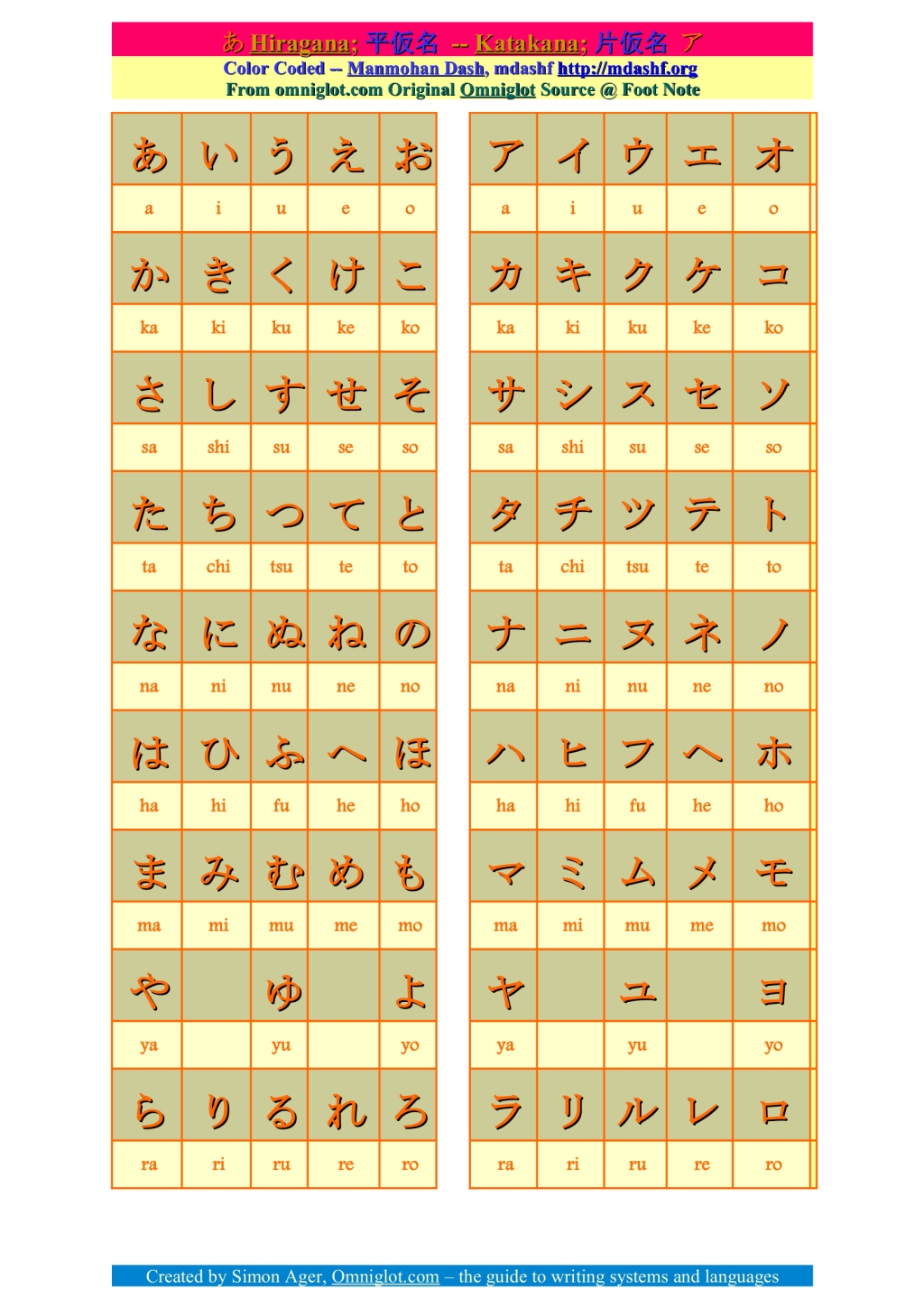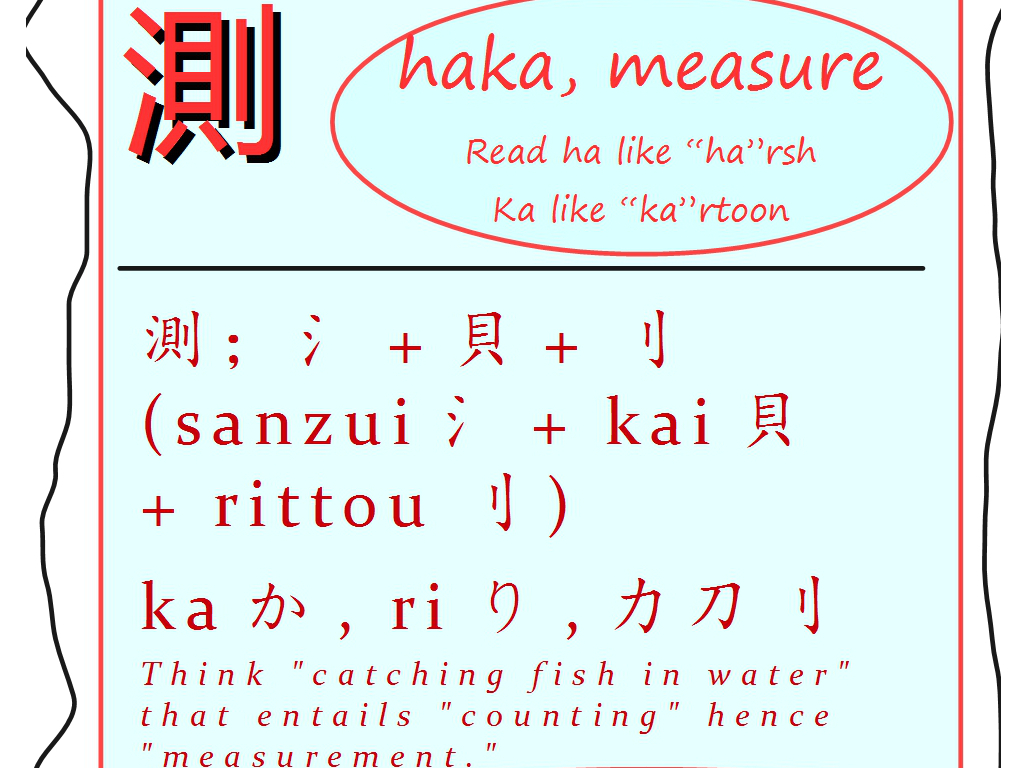Tag: language research
-

hiragana, katakana and romaji characters.
hiragana, katakana and romaji characters. The Japanese alphabet-syllabary. I created the following charts with color, and design. The original source of the chart is available at omniglot.

